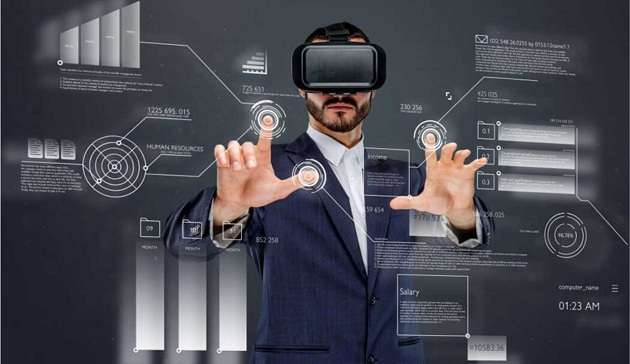AR and VR Will Fail Without These 3 Changes
AR and VR are poised to change the world — as long as innovators can overcome these 3 challenges. -
My job managing digital disruption is to evaluate new technologies and to try to figure out when they’re going to make it big, and I’ve come to the conclusion that despite the potential, these new technologies are not yet ready to tackle societal problems on a large scale. Moreover, they never will be, unless they mature in a few ways. Fortunately for VR enthusiasts, it looks as if these changes may well be underway. The business leaders that implement them most effectively, and soonest, will reap massive rewards.
As Deloitte Digital Managing Director Allan Cook and his co-authors explain,we’re closer to widespread adoption of these technologies than ever before. “The future has arrived,” they say. “The digital reality trend shifts the focus away from technology and firmly toward their development and deployment.”
Although we’re not completely there yet, Cook and his colleagues add that we finally have the foresight necessary to get Mixed Reality (MR) on the path to worldwide adoption. Business leaders, particularly CIOs, should be planning their computing power needs and their strategies to take full advantage of the technology.
In order to do that, CIOs must be clear on what the main challenges are and what the most promising avenues are for surmounting them. Let’s take a look at several key areas in which MR may expand and thrive — if the required technological resources and brainpower are allocated to it.
1. Integration with cloud computing
For MR to become an everyday part of consumers’ lives, it can’t ignore the internet. Ultimately, both technologies will be wedded, resulting in cloud-based MR. There are important advantages to this approach over systems that are confined to running on a single isolated device.
One of them is sharing. If the internet has reinforced any key tenet of humanity it’s that people have a primal need to share experiences. Mixed Reality offers the possibility of tapping into this powerful drive to connect and enhance it through an immersive shared experience. The success of Pokémon Go, while not inherently social, has already hinted at what a natural pairing this can be.
Cloud-based MR will also revolutionize online advertising, embedding advertising, product information, and even purchasing within the experience. That will be a game changer in marketing, making today’s sidebar ads and pop-ups look quaint by comparison.
2. Improved fixes for nausea
As a tech journalist, I’ve written hundreds of thousands of words without writing about nausea once — and yet it’s a critical element of VR to discuss.
Despite the promise of Mixed Reality devices, motion sickness is a hindrance to their widespread adoption. Users’ brains receive mismatched signals from the device and the internal balance and motion sensors of their bodies. That said, nausea and motion sickness are considerably lower in instances of non-immersive MR experiences. Applications like Microsoft HoloLens and Magic Leap will likely get nausea down over time, as the visual cues in the environment can anchor users’ eyes and trick the brain into ignoring perceived rendering lag — which is what causes some sickness in the first place.
Another solution that’s gaining traction: VR company MONKEYmedia has devised a system that uses head motions to control the virtual environment, providing much better matching between what our body thinks we’re doing and what is portrayed within the VR goggles. As time progresses, “fixes” like this need to go mainstream for VR to gain a major foothold.
3. Smaller hardware
As electronics products become more sophisticated, they consistently shrink over time. The first cell phone weighed over 2 pounds, while today’s iPhone X weighs only about 6 ounces. VR/AR goggles and other devices will likewise slim down over time. Just look at Oculus Go, which is getting good reviews for being small, cheap (relatively speaking), lightweight, and self-contained.
Some technological breakthroughs may bring about that slimming down effect sooner rather than later. One is using motion sensors that don’t require cameras, such as the micro electrical mechanical system currently in development by AdHawk Microsystems. That allows a significant reduction in the size of Mixed Reality headsets.
The Mixed Reality era is certainly on its way, but whether it goes truly mainstream sooner or later will depend on how creative companies go about solving these important technical challenges. If they do, expect a world in which small, comfortable, immersive, and shared experiences are the norm, changing everything from marketing to online dating. It could very well be the biggest disruption since the internet itself, and you read it here first.


Comments
Post a Comment